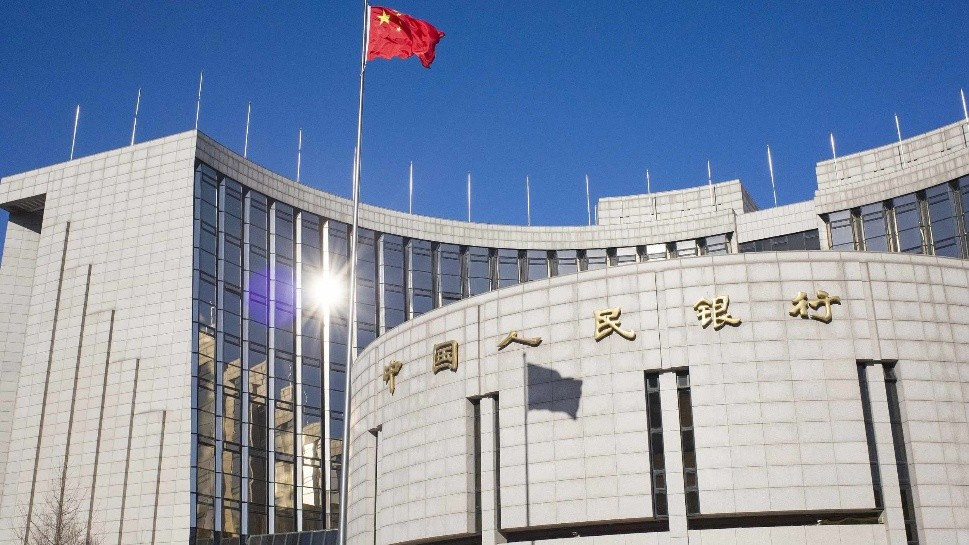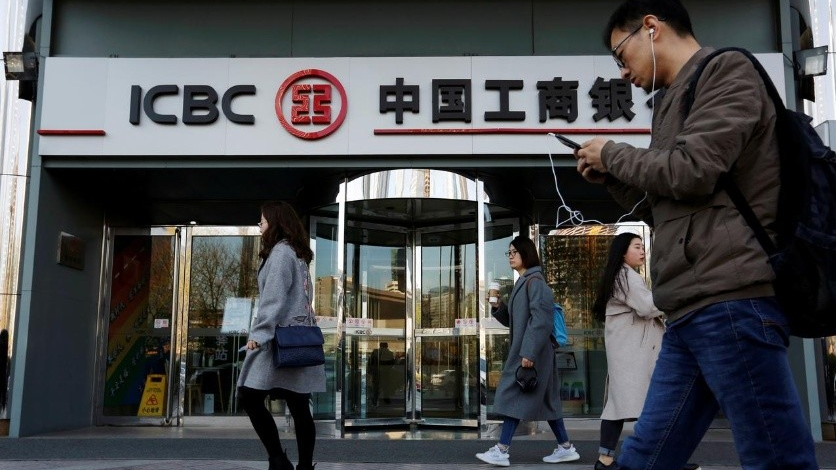01:55

China's central bank on Monday lowered its benchmark lending rate for a second time this year in a bid to lower the borrowing costs for businesses and cushion the coronavirus blow.
The one-year loan prime rate (LPR), mainly influencing business loans, was cut by 20 basis points (bps) to 3.85 percent from 4.05 percent previously. The five-year LPR, one of the key reference rates for mortgage lending, was cut by 10 bps to 4.65 percent.
A Reuters survey had expected a 20-bps cut in the one-year rate but a more modest 5-10 bps in the five-year as China strictly monitors property prices.
The cut is the biggest since August last year when the country revamped the LPR formation mechanism.
The one-year LPR cut is consistent with the market expectation, as the People's Bank of China (PBOC) had earlier lowered the seven-day reverse repos and the medium-term lending facility loan by 20 basis points.
"The rate cut helps increase both short-term liquidity and long-term credit supply," said Wang Jianhui, General Manager of R&D department at Capital Securities.
Wang added that commercial banks would issue more loans to generate more income. "For the real economy, companies are getting loans easier and less expensive. Their financing costs will be reduced by 80 to 90 billion yuan per year."
The interest rate of corporate loans will have a substantial decline, which will stimulate corporate credit demand. In the short term, the LPR will still have room for downward adjustment, as the overseas situation still brings uncertainties to domestic economy, according to Golden Credit Rating.

A branch of Industrial and Commercial Bank of China (ICBC) in Beijing, China, April 1, 2019. /Reuters
A branch of Industrial and Commercial Bank of China (ICBC) in Beijing, China, April 1, 2019. /Reuters
Easing financial burden of households
The five-year rate cut will help ease the financial burden of households, and the savings will lead to more consumption and investment in the real economy.
The five-year rate which influences the pricing of mortgages, was just cut by 10 bps, which reflects the stability and consistency of the financial policy in property market, echoing the principle of "houses are built to be lived in, not for speculation," said Wen Bin, Chief Researcher at China Minsheng Bank.
The Chinese economy shrank by 6.8 percent in the first quarter from a year earlier, as the virus and tough containment measures shut down factories and shops and put millions out of work. That was the first contraction since 1992, when quarterly records were first published.
"Due to the unexpected explosive growth in COVID-19 cases in other countries, China's economy will also take longer than expected to recover," said Chen Jiahe, Chief Investment Officer at Novem Arcae Technologies.
He added that to offset the negative impact of the global pandemic on trade, China's central bank has to lower rate to support the country's economy.
On February 20, the PBOC cut the one-year LPR for the first time this year by 10 bps to 4.05 percent, and the five-year LPR by five bps to 4.75 percent.
(Michelle Van den Bergh also contributed to the story)
(Cover: The People's Bank of China. /VCG )